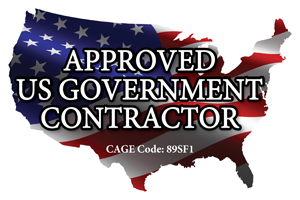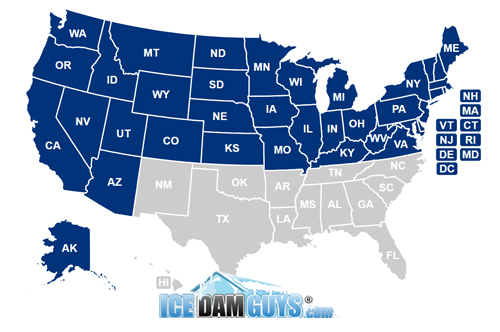How to Prepare for Ice Dams in the Offseason
It’s now March, which means it’s still peak ice dam season in many parts of the USA. But if you’re lucky enough to see light at the end of the tunnel where you live, now is the time to take steps toward making your home ice-dam-resistant next winter.
Why now? Because if you’re anything like most of us, ice dam prevention will be the last thing you want to think about later in the year, when it’s warm and pleasant. You need to start working the plan around September – 6 months from now – so laying out that plan now gives you plenty of time.
Here are the steps I suggest you take to prevent ice dams, one month at a time:
September is the latest I would wait to get your home energy audit done and to call in the pros to correct whatever it is your home energy auditor recommends you repair, upgrade, seal, etc. It’s the ideal time to improve insulation and seal up attic bypasses so that your roof doesn’t get too warm in the winter. A cool roof means less melted snow, which drastically reduces the chances of ice dams forming atop your roof.
But if you wait much longer than September, your professional might not be able to see you soon enough, or to get the job done before it’s too cold and wet to make anything happen.
In October you should get your gutters cleaned. Although dirty gutters don’t cause ice dams, you also don’t want to put yourself in a situation where you’re going to leave a bunch of water backed up in your gutters and downspouts shortly before the frigid temps are upon us. That water will freeze in the winter, and it will contribute to your ice dam problem.
In addition, big frozen chunks of ice and debris are difficult to get out of gutters. You’ll probably pay extra for ice dam removal if your frozen gutters are plugged with leaves and ice. You can’t imagine how leaves and debris slow the ice-melting process down. Hire someone to clean your gutters if you don’t want to get on the ladder yourself, but get it done.
By November you need to be shopping for a roof rake if you don’t have one already. Stores actually do run out of them (happens every year), and you’ll either be left with no roof rake, a flimsy roof rake, or the wrong style of roof rake (e.g. one without wheels or bumpers). Refer to my post on purchasing the right roof rake before you run out to the store.
In December it’s time to start raking your roof. Roof-raking works! In fact, you can often prevent ice dams simply by roof-raking, even if you didn’t bother to do anything else. You just need to rake the roof every time more than a couple of inches of snow accumulates (and to reach up your roof as far as you can reach).
January through March is the peak season for ice dam removal, and by then it’s pretty much too late to exercise your ounce of prevention, other than by raking your roof. It’s time for your pound of cure, which means you need to call an ice dam professional if ice dams start to form. And don’t wait until their 12-inches thick!
By April and May you can forget about ice dams, right? Maybe. It depends on how long winter lasts, and if you had any ice dam issues this winter. If you did have ice dams, you’ve probably got contractors to call and help repair the damage done to the inside of your home. This would also be a great time to get a jump on having a home energy audit completed (along with any necessary upgrades he or she recommends).
If you avoided ice dams this winter, you can put your feet up. You’re done with ice dams (this year)!






















